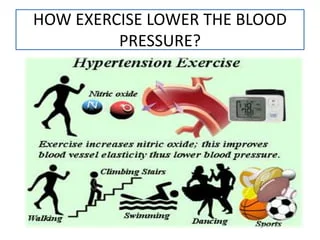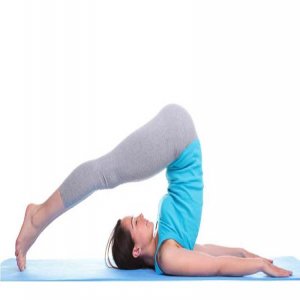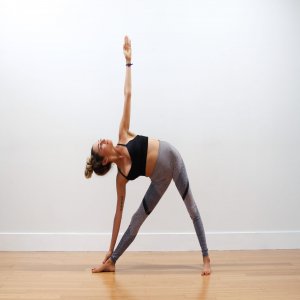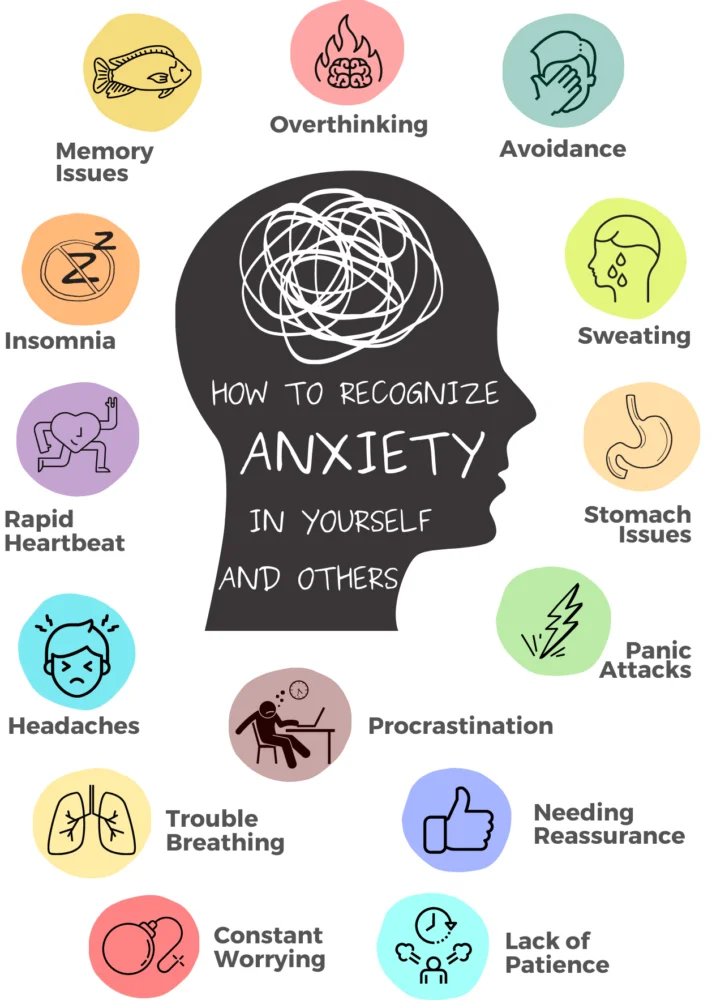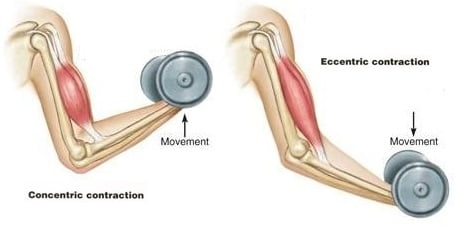10 Best Exercises to Control High Blood Pressure
Regular exercise can be an effective way to help control high blood pressure. Regular exercise plays a vital role in managing and controlling high blood pressure, also known as hypertension. Engaging in physical activity can help lower blood pressure, strengthen the heart, and improve overall cardiovascular health.
High blood pressure is a fatal yet preventable risk element for cardiovascular conditions and is responsible for a lot of cardiovascular mortality. high blood pressure is closely associated with a sedentary lifestyle. Physical activity or exercise is shown to slow the development of high blood pressure and helps to maintain your blood pressure in the normal range.
High blood pressure is one of the most typical heart-related illnesses in India. High blood pressure induces our blood pressure to increase by a harmful dose. suffering from hypertension can eventually also increase one’s risk of creating more chronic heart disorders.
workout has been believed helpful in improving hypertension. However, workout with high blood pressure may impact your body. In this essay, we discuss the right way to include working out in your practice if you have hypertension.
Introduction
Doing exercise regularly can help reduce your blood pressure. It also offers you more energy, and it is a great way to reduce stress and feel better. Fast walking is a practical, inexpensive, easy, and beneficial form of exercise that the public can be encouraged to engage in. All experienced organizations and government bodies suggest moderate-intensity aerobic exercise for at least thirty min on at least three days of the week or resistance exercise for 2-3 days of the week. Training sessions can either be continuous for thirty min or be composed of at least ten min of short exercise duration to a daily total of thirty min.
Advantages of exercising for high blood pressure:
- Being physically active reduces your blood pressure by maintaining your heart and blood vessels in fine shape, reducing your risk of heart disorders and stroke.
- If you have elevated blood pressure, your physician or nurse will likely recommend that you try to evolve more actively to reduce it.
- It has numerous other benefits also.
- Workout strengthens the bones and enhances balance.
- It supports your muscles and joints pushing which can help support you active and self-supported in later life.
- It can provide you with more energy and lift your mood, and even enhance your cognitive function.
How often should you exercise?
Start with moderate activity such as brisk walking for 30 minutes a day, at least four days a week. If you have less time then vigorous activity, like jogging, gives you the same help in twenty minutes, 3 days a week.
If you are not engaged today, slowly work up to this amount of exercise. If it takes time to get active, that is fine. Begin with warm-up up to 5- to 7-minute warm-up helps your body get cruising and helps prevent injury.
Next, step up the intensity. Do not overdo it you can still be able to talk to someone while you are doing exercise. But if you can sing, step it up a bit to make sure you are getting the most out of your workout.
After the exercise you have to do, cool down. When you are done exercising, do not stop immediately. Simply slow down for 5 minutes. This is especially critical for someone with hypertension.
Frequency:
For aerobic training, 4-5 d/week, followed by resistance training 2-3 d/wk and flexibility exercise 2-3 d/wk.
The frequency of aerobic training is just greater than those with normal BP. People with hypertension are motivated to engage in greater frequencies of aerobic exercise than those with normal BP because we know that a single bout of aerobic exercise results in immediate decreases in BP of 5-7 mm Hg, which stays for up to 24 hr (i.e., postexercise hypotension). For that’s why, people with hypertension are encouraged to exercise on most days of the week to benefit from the acute effects of aerobic exercise on BP.
Intensity:
Moderate intensity upto 40-<60% VO2R or 11-14 on a scale of 6 to 20 (maximal exertion) level of physical effort or intensity that induces noticeable increases in heart rate and breathing for aerobic exercise; moderate to vigorous (60-80% 1RM) for resistance training; and stretch to the point of feeling tightness or slight discomfort for flexibility.
Time:
For aerobic exercise, a minimum of thirty min or up to fifty min/d for continuous or collected aerobic exercise. If intermittent, start with a minimum of ten min bouts.
New and emerging research has shown that short episodes of exercise (3-10 min) incorporated throughout the day may produce BP reductions similar in importance to one continuous episode of exercise and maybe a viable anti-hypertensive lifestyle plan for individuals with little time.
Type:
For aerobic exercise, the focus should be placed on lengthy, rhythmic movements using large muscle groups like walking, cycling, or swimming. Resistance training may increase aerobic training and should consist of 2-4 sets of 10-12 repetitions for per of the major muscle groups. For flexibility, maintain each muscle for 10-30 s for 2-4 repetitions per muscle group. Balance training is also suggested in individuals at high risk for falls (i.e., older adults) and is possible to help younger adults as well.
Warm up and cool down
Warming up the body before starting any exercise and cooling down afterward allows your heart to move slowly from rest to movement and back again. You also reduce your risk of injury or soreness.
- Your warm-up should stay at least 8 minutes — longer if you are older or have been lethargic for a long time.
- Creating time for a cool-down is also extremely important. If you stop exercising too fast, your blood pressure can fall sharply, which can be risky and can cause muscle cramping.
- Adding some relaxing yoga poses to your training will also improve your flexibility.
10 Best Exercises to Control High Blood Pressure
Aerobic classes
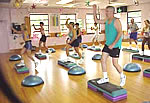
- Aerobic exercise provides cardiovascular conditioning. Since “aerobic” refers to “with oxygen,” breathing regulates the amount of oxygen that can reach the muscles to aid in their ability to burn fuel and move. You can join classes for aqua aerobics, Zumba, and functional fitness. your trainer suggests which exercise is beneficial and safe for you.
Brisk walking
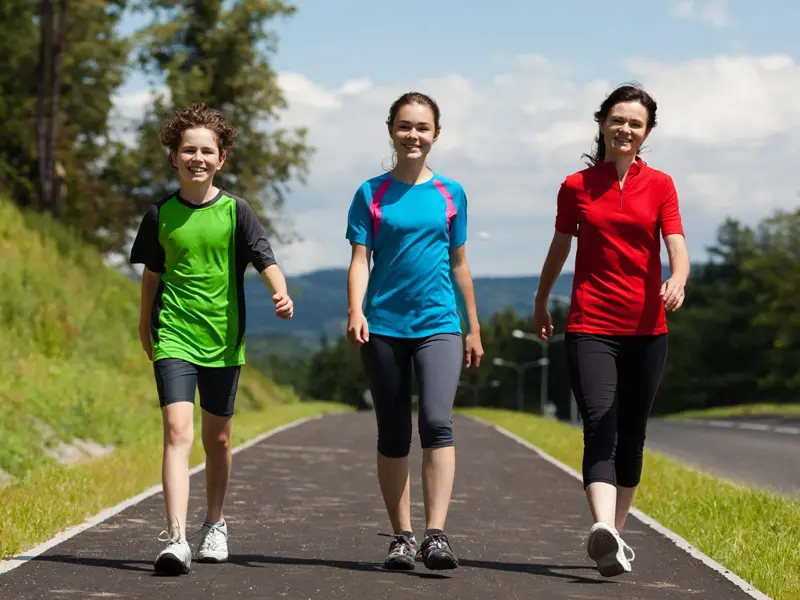
- You will have to walk more speedily than you normally walk to boost your heart and breathing rate.
Cycling

- Riding your bicycle does count if it is done for at least ten minutes and you are actively pedaling. A beginner cycling class could also be a wonderful way to get a workout scheduled into your practice.
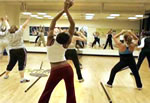
Dancing
- Dance classes like Zumba are useful training. Any dancing counts if it includes full body movement and boosts the heart rate.
Gardening or other yard work
- This can have to cutting the lawn and raking leaves. Aim for 30 to 40 minutes of yard work.
Hiking
- If you are new to hiking, stay on beginner’s routes first. Have a plan to work up to more difficult paths.
Running or jogging
- The talk test can be used for jogging or running to make sure you are initiating at a good pace. You can rotate jogging and running with walking, too. Begin at shorter distances and slower speeds and gradually work up to more extended distances or faster speeds.

Swimming
- Most individuals are familiar with the freestyle stroke, so it might be the easiest stroke for beginner swimmers. If that stroke is too challenging, aqua jogging can be an excellent place to start for someone learning to exert themselves in the water. Using tools like a pool noodle or an aqua jogging belt to add extra buoyancy while jogging can also be helpful.
Stair climbing
- Ascending stairs may show them the advantages of both aerobic and resistance exercise. It can not only improve cardio respiratory fitness but also leg muscle strength without their having to leave the house or pay a fee. It also shows the additional benefits of reducing blood pressure and arterial stiffness thickening and stiffening of the arterial wall fat loss, enhanced lipid profiles, and decreased risk of osteoporosis, the findings showed.
Strength training
- If your blood pressure is under control then you can start strength training .generally this is considered not only safe but beneficial for your overall health. You have to take precautions during the exercise.
- Strength training refers to any activity that works your muscles against a gravity force. Your body weight or equipment like elastic bands, dumbbells, different free weights, or specialized machines can be used to prepare your muscles.
- These muscle-strengthening activities may be dynamic or isometric. Dynamic motions, like a biceps curl or a squat, involve moving your muscles and joints. Isometric exercises are done against an unmovable object, such as a wall or the ground, and include things such as planks or wall sits.
- When you complete any type of exercise — whether it is aerobic, strength training, stretching, or even balance exercises both your blood pressure and heart rate boost to meet the greater demand for oxygen from your muscles. Some study suggests that during exercise, Isometric exercise may raise blood pressure during activity more than dynamic exercise, according to some studies, however, the evidence is inconclusive. Strength training can, however, undoubtedly help lower your blood pressure if you do it regularly, much like aerobic or endurance exercise (such walking, jogging, cycling, or swimming).
- Regardless, individuals who have high blood pressure, particularly if it is not optimally under control should be cautious about any activities that involve raising very heavy weights not just loaded barbells at the gym, but also weighty furniture or boxes of books. That is because the rash, intense action can push your blood pressure to spike particularly if you hold your breath, which individuals sometimes do in an attempt to improve their effort. During strength training activities, be sure to breathe out when you lift, push, or pull, and breath in as you release. Measuring out loud as you raise and release can help you remember to keep breathing.
- You can do push-ups, squats, lunges, and resistance exercises in strength training.
Tips for getting more active
Some individuals find it difficult to find the time to be active, or they may find it difficult to keep active for thirty minutes in one go. Keep moving, attach with it, and recognize even a little can contrast. Just do what you can, and use these tips to get begun.
Start small
Set yourself little goals that add up. To get activated, split your thirty minutes into two 15-minute or three ten-minute sessions. This will allow you to build up your muscles and get used to your new workout. Build up to the full thirty minutes over some weeks.
Find a training buddy
If you get the idea of living actively boring, get different people involved. Invite your family and friends, or even a coworker. Training can be a lot more fun with other somebody.
Find an activity you enjoy
The primary thing is to appreciate what you are doing. If a workout feels like punishment, you are more likely to give up. If you see something you like doing, you will soon see the advantages, and you are more likely to keep moving.
Set goals which aren’t about your body
Performing towards a goal that means something to you can keep you interested in what you are doing, getting you better in the process. For example, running a mile or entering a match, it does not matter what it is, as long as it keeps you motivated.
See what’s available nearby
There are infinite options for getting active, with classes in martial arts, dance, yoga, and pilates, as well as more mainstream sports, available in sports centers, town halls, and leisure centers. Your physician or nurse might also know what is available nearby, like leisure centers, stepping paths, and training schemes.
Find something within your budget
Exercise does not have to cost money or involve costly gym fees – there are bunches of free exercise apps and online videos, you can work out in your garden or the park, or look for free local groups or classes in your neighborhood.
Is exercise safe?
- Living actively is one of the finest things you can do for your blood pressure. Talk to your doctor if there are any limits on what you can attempt.
- When you exert, notice how your body senses. It may bring a while before your body obtains used to it. That is normal.
- It is also normal to breathe harder and to sweat, and for your heart to beat faster, when you are doing aerobic exercise.
- But if you are feeling very short of breath, or if you feel like your heart is beating too quickly or irregularly, slow down or rest.
- Discontinue exercising if you feel chest pain, weakness, dizziness, lightheadedness, pressure, or pain in your neck, arm, jaw, or shoulder.
- Contact your doctor or seek emergency medicine immediately if these symptoms do not go away quickly, or if it occurs again.
Exercises to avoid :
Any workout that is very intensive for fewer periods, such as sprinting or weightlifting. They increase your blood pressure very fast and put too much strain on your heart and blood vessels.
If your blood pressure is out of control, participating in some extreme sports like scuba diving or parachuting can be harmful. You will require a medical certificate from your doctor to begin or continue doing them.
see the below exercise to get an idea of the kinds of exercises and activities to avoid:
- Weight lifting
- Squash
- Skydiving
- Sprinting
- Scuba diving
FAQ
Which precaution take for hypertension exercise?
If you are suffering from hypertension, focus on aerobic exercises as these will benefit your heart and blood vessels the most, but avoid exercises that put too much stress on your heart. Aerobic activities are repetitive and rhythmic exercises that get your heart, lungs, blood vessels, and muscles functioning.
How can exercise impact hypertension?
Routine exercise makes the heart more powerful. A stronger heart can pump more blood with minor effort. As a result, the pressure on the arteries reduces. This reduces blood pressure.
When is a workout contraindicated for high blood pressure?
Do not exercise if your resting systolic blood pressure (the top number) is more than 200 or your diastolic blood pressure (the bottom number) is more than 115. Reach your doctor to see if you require to modify your prescription.
Which exercises should be avoided with hypertension?
If you have high blood pressure, you have to avoid physical activity that needs sudden bursts of activity or stress as these may improve the risk of arterial rupture, heart attack, or stroke. Weightlifting, squash, sprinting, skydiving, and SCUBA diving are all forms of exercise to avoid.
When is the perfect time to take your blood pressure?
Take it first in the morning prior to eating or taking any medications. measure it again in the evening. Each time you measure, take two or 3 readings to make sure your results are the same. Your doctor may be prescribed to take your blood pressure at the same time every day.
Can blood pressure be higher after exercise?
Depending on your resting blood pressure, your blood pressure may be higher than 124/86 after completing the exercise. This concept occasionally confuses people who are receiving treatment for hypertension (high blood pressure), especially considering that exercise is recommended as a means to lower blood pressure.
Which are hypertensive emergencies?
An emergency in hypertensive patients is an acute, marked increase in blood pressure that is associated with symptoms of target-organ failure. Aortic dissection, abrupt renal failure, pulmonary edema, cardiac ischemia, and eclampsia are a few possible complications.

